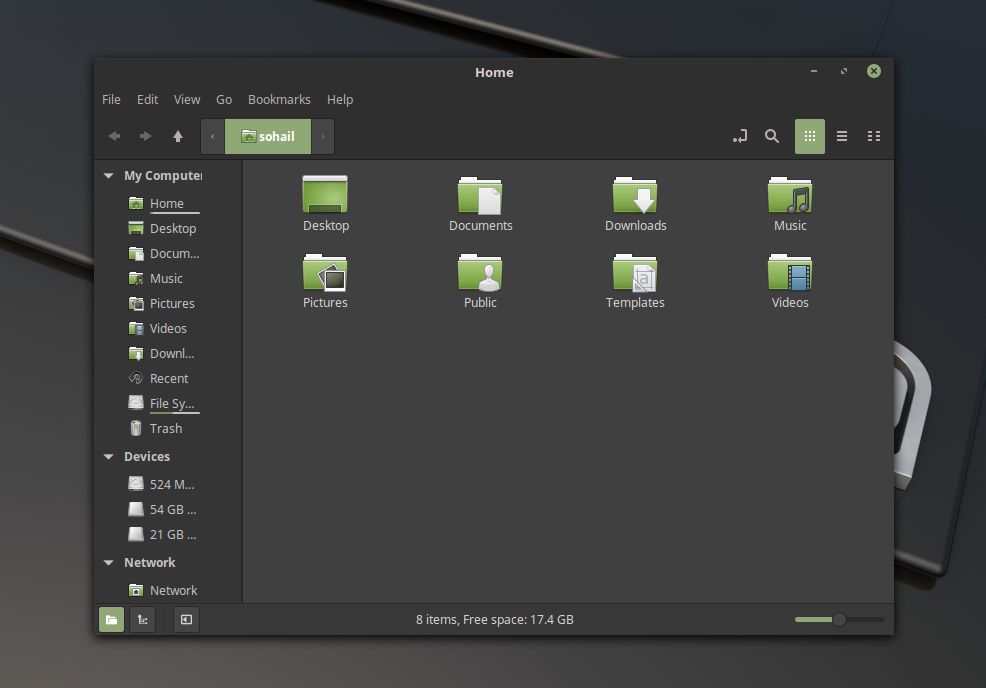
If you get this warning, remove the Wine key with: Previously, apt-key was used to add the Wine key.
Linux mint update#
If you downloaded and added the key before that time, you will need to download and add the new key and run sudo apt update to accept the repository changes.

Linux mint install#
The solution is to manually install the missing 32-bit package from backports. These packages are given a lower priority so they will not be installed automatically.

The repository is known for causing problems. The required 32 and 64-bit packages are missing or cannot be installed side by side. Often the problem is that these repositories are not multiarch. Using PPAs or third-party repositories may prevent the installation of Wine.

Select your Ubuntu version and download the WineHQ sources file: Sudo wget -O /etc/apt/keyrings/winehq-archive.key If your system is 64 bit, enable 32 bit architecture (if you haven't already): Should a newer version of Wine give problems, it is also possible to install an older version of your choice. To make installing the latest version of Wine as easy as possible, WineHQ has its own Ubuntu repository.
Linux mint how to#
Linux mint driver#
AMD Radeon Ubuntu 20.04 Driver Installation.How to install missing ifconfig command on Debian Linux.Ubuntu 20.04 Remote Desktop Access from Windows 10.How to find my IP address on Ubuntu 20.04 Focal Fossa Linux.How to install the NVIDIA drivers on Ubuntu 20.04 Focal Fossa Linux.Mint presents a soft learning curve and great introduction into the Linux world. But sometimes you need a desktop OS that just works and is easy to use, and that’s where Mint shines. After getting your feet wet with Mint, you might choose to move on to a more robust distribution. Linux Mint is the Linux distro for new users. It’s a desktop focused operating system, and if you’re looking for a server edition of it, try out Ubuntu Server instead. There’s only one edition of Mint available.

Linux mint 64 Bit#
The operating system is available for both 64 bit and 32 bit CPU architectures. Grab the latest ISO installer images of Linux Mint from the distro’s download page. The others are fine choices, too, but it basically boils down to user preference. For new users or for those who want the most “Mint-like” experience, you should stick with the default Cinnamon. All of the releases are long term support and will be supported for five years after release.Įach release has three desktop options available for download: Cinnamon, MATE, and Xfce. Its release schedule is timed to coincide with Ubuntu’s for the most part, usually coming a month later than a corresponding Ubuntu release.


 0 kommentar(er)
0 kommentar(er)
